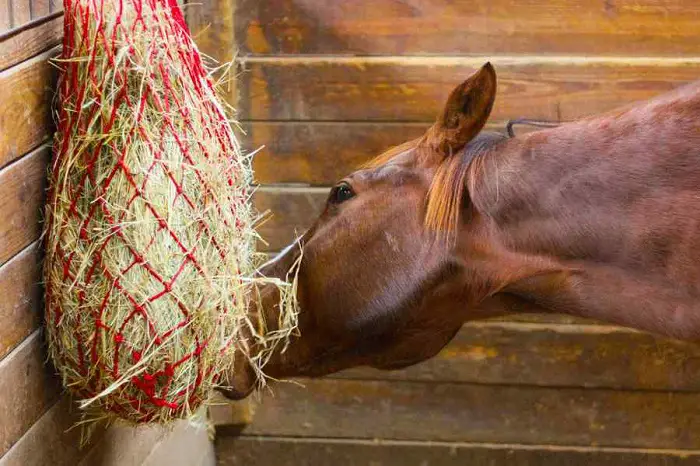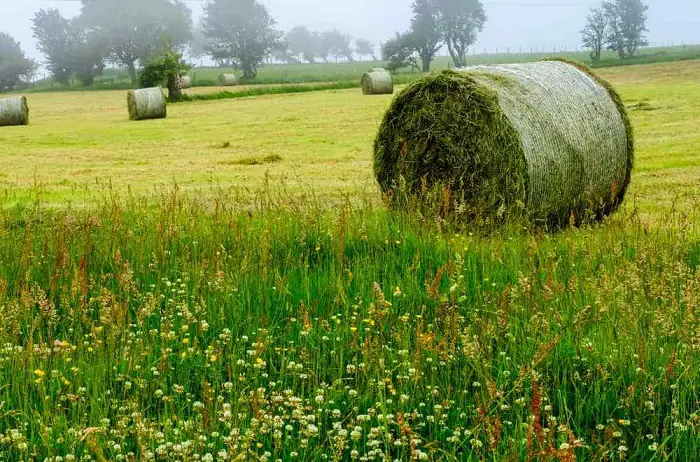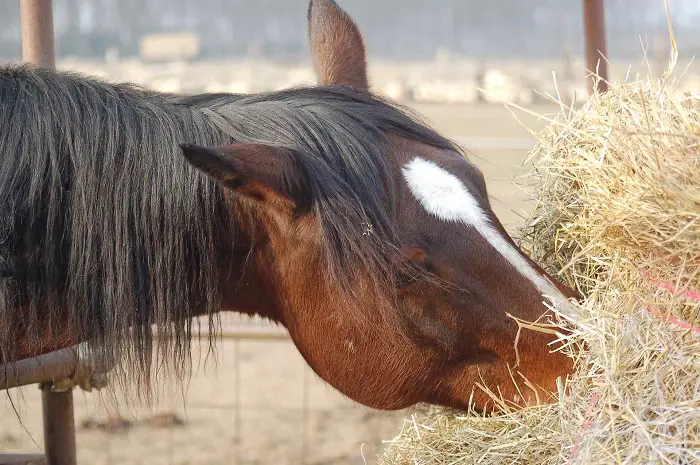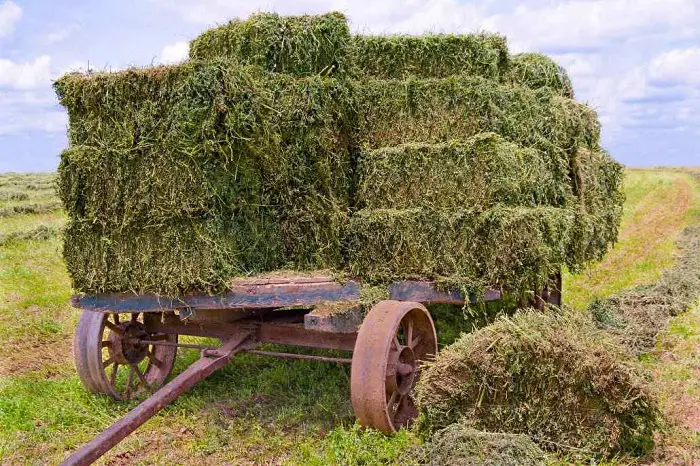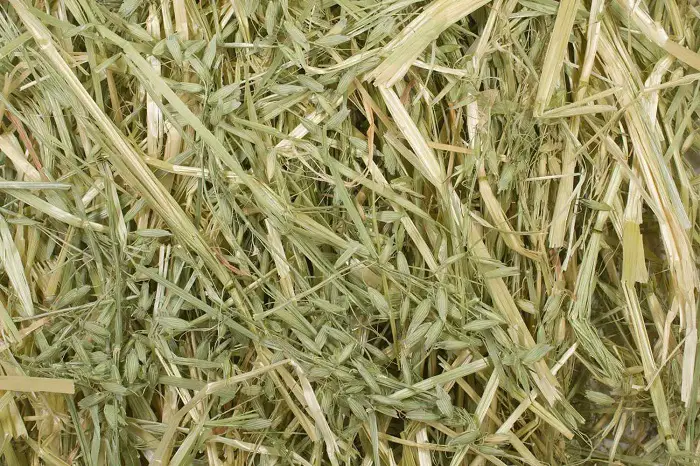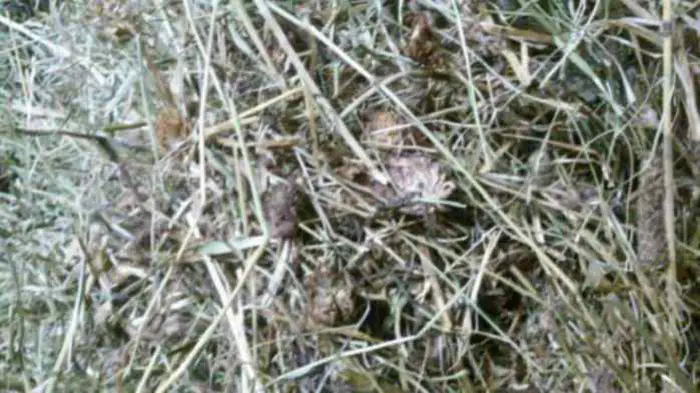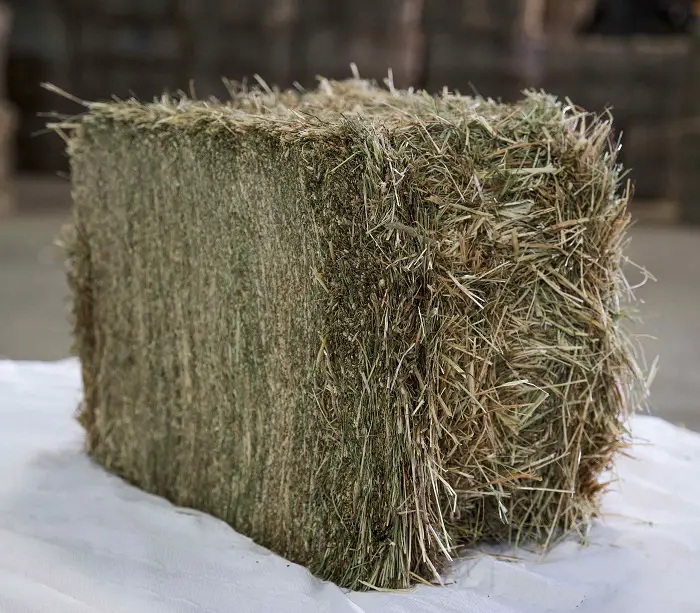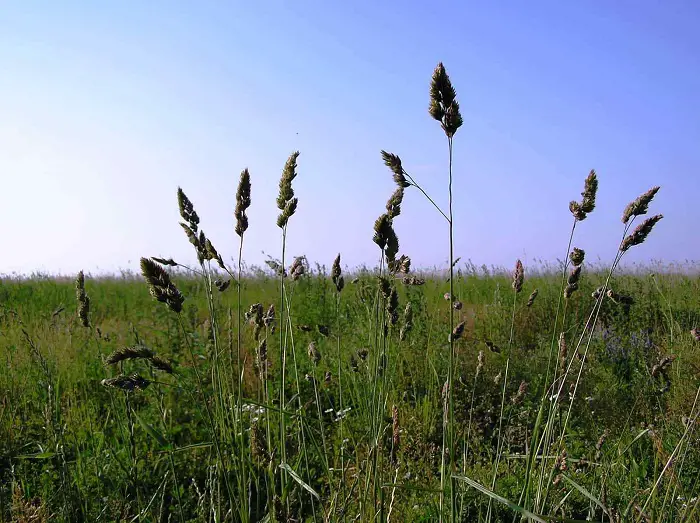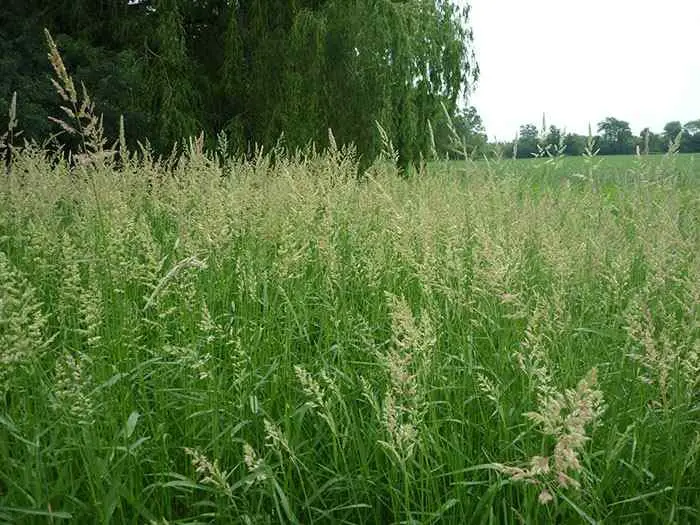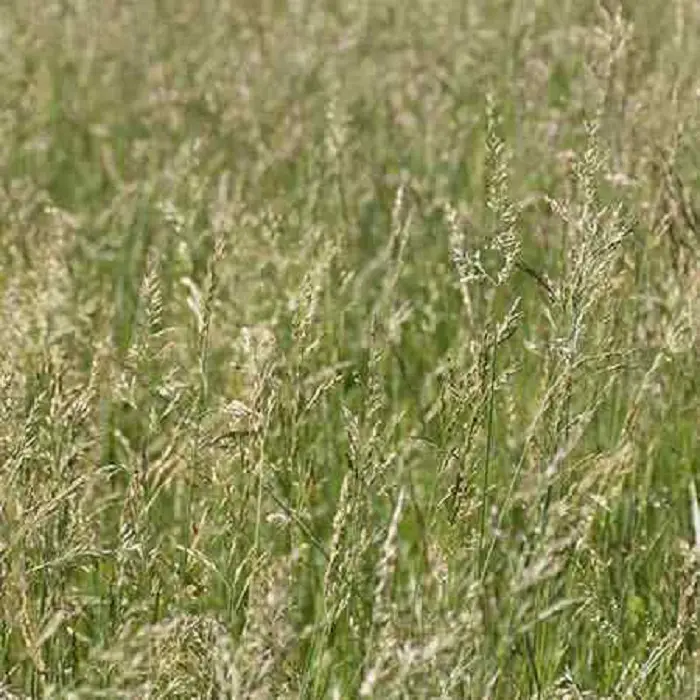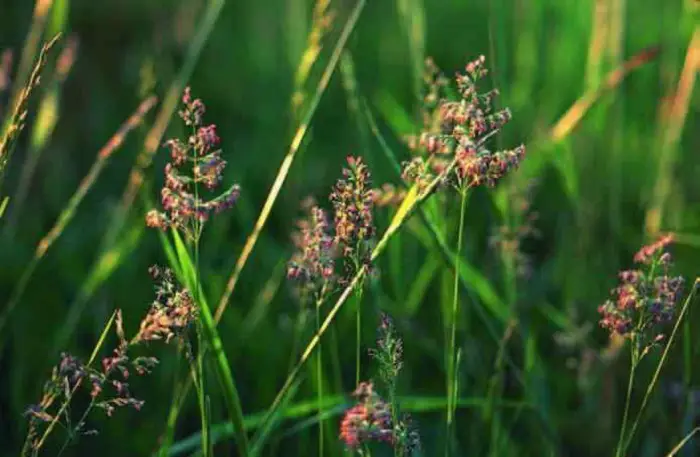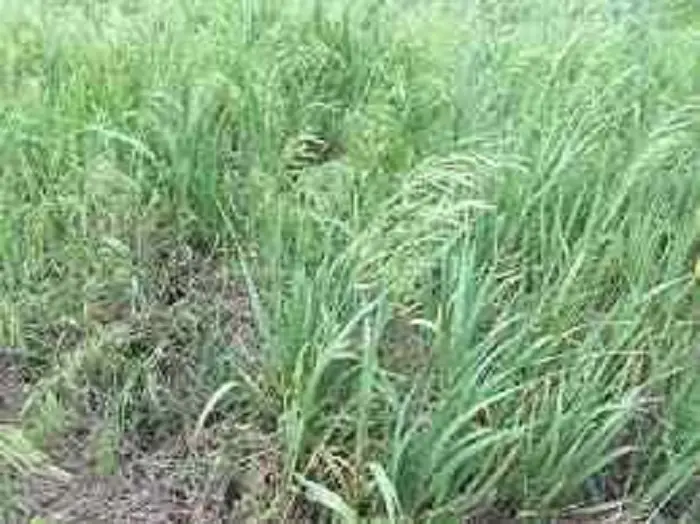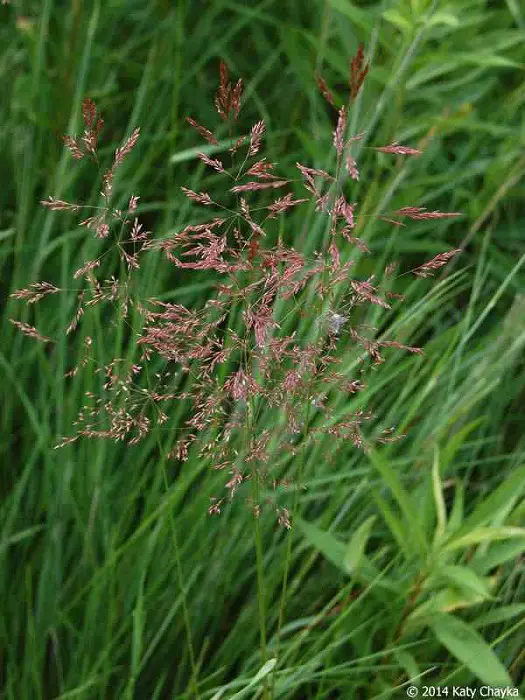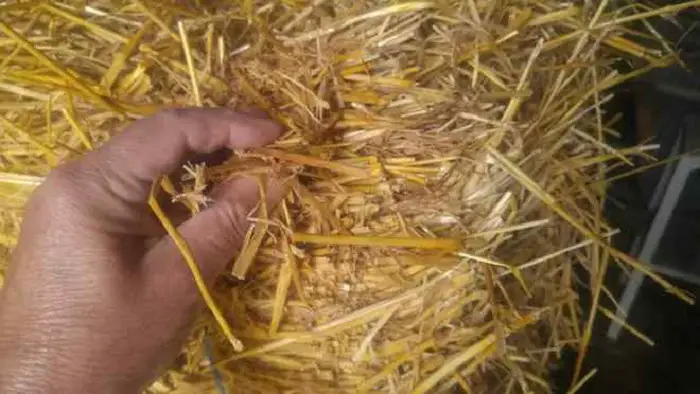The stall feeding of horses is an important event for managing horses unless there is plenty of quality grass in the pasture throughout the year. There are wide varieties of hay for horses. That’s why choosing the best horse hay is challenging for caregivers. My article will give you clear guidelines on the following aspects:
- Basic horse diets.
- How to choose the best horse hay.
- Benefits of horse hay feeding.
- Quality control and measurement of horse hay.
- Common types of hay for horses.
This discussion will help you choose the best hay for your horses. Horses are exceptional animals, having simple stomachs but eating grass and roughage. Microbial digestion occurs in the cecum, which is different from other herbivorous animals.
Basic Horse Diet
Before choosing a horse diet, you must thoroughly study horses’ digestive systems. The essential horse feed consists of roughage, concentrate, and supplements. The majority of a horse’s diet is roughage (60%), concentrates and grains (30%), and supplements (10%).
Horses not involved in any particular purpose like riding, racing, drafting, pregnancy, or lactation can live on a healthy pasture without any concentrates or supplements. The horses live in a stable, or captivity or an intensive housing system that requires an essential diet containing roughage, concentrate, and supplements.
The roughage for horses is green grass, hay, haylage, silage, and root crops. During the month of winter, green grass is not available in the pasture. You must supply roughage and concentrate in a specified ratio. Horse hay is one of the best choices for roughage.
How To Choose the Best Hay For Horses
Horse hay is an integral part of their diet. Hay provides nutrients like carbohydrates, fiber, protein, and trace minerals and is essential for gut health. The following are things you must consider before selecting hay for horses:
- You must calculate the nutrient requirement for your horse based on the work and purpose.
- Hay should be prepared from ideal grasses.
- The hay should be free from dust, mold, and bad smell.
- Hay should have both leaves and stems of the grass.
- The color of the hay should be light green.
Benefits of Fiding Horse Hay
Hay feeding is more beneficial than grass feeding. The most common benefits of hay for horses are as follows:
- Hay is readily available commercially, and you can purchase it from online websites
- Horse hay can be used around the year.
- Hay can be stored in a small place.
- Good quality hay contains necessary nutrients for horses.
- Hay contains more dry matter (DM) than grasses, which requires less quantity.
- Hay is more economical than grasses.
Most Common Types of Horse Hay
Horse hay is an integral part of their daily diet. The hay for horses provides necessary fibers, proteins, and trace minerals for body function and work. Horses need small meals throughout the day, unlike other non-ruminant animals.
There are two basic types of hay; legumes and grasses. There is a lot of debate over the best hay for horses. Both legumes and grass hay have advantages and disadvantages, one over the other.
1. Alfalfa Hay
Alfalfa is one of the best quality leguminous hays from the pea family. The hay is nutrient-rich and very popular among livestock owners. The nutrients and richness of alfalfa hay depend on the growth stages, mode of cultivation, and harvesting schedule.
2. Hay for Horses: Oats Hay
Oat (Avena sativa) is the most famous hay for livestock, including horses. Oats are cultivated in winter and can be made into hay for utilization throughout the year. Oats are cut at the flowering stage and dried in the sun. Dried hay is light green, has leaves and te, and is balled for storage. Oats’ hay is high in both energy and protein.
3. Horse Hay: Clover
Clover is another legume hay, but it’s less popular than alfalfa or oats. The moisture content of clover hay is higher, so it isn’t easy to dry and store. Clovers are most famous in pasture and green grass. Molds quickly grow in clover hay, leading to digestive and respiratory diseases like colic. However, if you grow clover successfully and process it properly, clover hay will give you protein, energy, fiber, calcium, and other nutrients.
4. Timothy Grass Hay
Timothy grass (Phleum pratense) is an abundant perineal grass in Europe. The alternative name of the grass is “cat’s tail” or “ordinary cat’s tail.” The grass contains as same as the nutrient of alfalfa hay.
The horses are not involved in any specialized work and can live on Timothy’s hay. You can add some legumes to Timothy’s hay for high-performance horses to meet the energy requirement. Timothy hay is relatively cost-effective, but you must ensure hay quality before purchase.
5. Orchard Grass: Horse Hay
Orchard hay is one of the highest quality hays for horses, cattle, sheep, goats, and other domestic animals. Orchard grass hay contains more fiber than Timothy hay and creates fewer digestive problems. The hay has a balanced calcium-phosphorus ratio, which is better for the skeletal system and older horses.
Orchard grass is a popular winter-season perineal grass. The grass is growing faster than timothy grass, and you will get three cutting of hay in a year,
6. Reed Canary Grass
Reed canary is a long-leafed, nutritious, and perineal grass for horses. The grass contains the same nutrition as Timothy grass. The hay is less palatable due to the presence of more alkaloids. Reed canary is a perennial grass that is less expensive and more nutritious. The grass can be harvested in early summer or late winter.
7. Hay For Horses: Fescue
Fescue is a tall, hardy, perineal grass that grows in winter. The grass is high yielding and can be grown at a low cost. The grass is cultivated on more than 35 million acres of land in the United States of America.
Fescue hay is high in nutrient content, drought resistant, and resistant to overgrazing. Fescue hay is toxic to pregnant mares due to the presence of Acreonioum coenophialum fungus in flowers. The fungus affects the reproductive system of the horse.
8. Blue Grass Hay
Bluegrass originated in Kentucky, USA, and is suitable for pasture and green grass. Kentucky bluegrass is low-yielding and low-growing and not suitable for haymaking. This grass is ideal for horse pasture. Kentucky bluegrass is highly nutritious and rich in fiber, protein, and other minerals.
9. Hay For Horses: Bromegrass
The grass has more smooth leaves and fewer stems. The bromegrass is ideal for horse pasture and hay. The grass has a similar nutritional value to Timothy grass. The grass is highly digestible and rich in trace minerals. Bromegrass hay is suitable for young and active horses and relatively less active and older horses.
10. Redtop Grass as Horse Hay
Redtop grass predominantly grows in moist areas and thrives in extreme climates. The Extension Department of Utah State University in the United States of America describes grass as an excellent forage. Redtop grass hay is suitable for horses and other livestock.
Redtop grass can tolerate various climatic conditions, and horses can graze closely. The grass contains a poisonous compound, ‘ergot,’ which leads to food poisoning in livestock.
11. Cereal Grain Hay
Cereal grain hay is highly palatable and more nutritious than any grass hay. The most common cereal crops used for haymaking are barley, wheat, oats, and maize. Cereal hay is cut at the musical stage, having green leaves and stems and grains at the milk stage. The hay is higher in fiber and lower in protein. Cereal hay is both low and high in sugar content. Low sugar content cereal hay is suitable for horses having digestive problems.
How Do You Assess Quality of Hay for Horses
Before selecting any hay for horses, you must assess the quality. The following methods can be applied to determine the quality of hay:
- Visual inspection.
- Know the process of haymaking.
- Stages of growth of the plant.
- Storage facilities inspection.
- Chemical analysis (Crude Protein, Crude Fiber, Ether Extract)of hay.
- Determination of Dry Matter (DM)
Takeaway Points on Hay For Horses
There are different qualities and types of hay available for horses. You will select the best hay for horses based on the following factors: quality, nutritional status of the animal, age, sex, nature of work, the season of the year, and price. Your vet can guide you in selecting the best quality hay.
